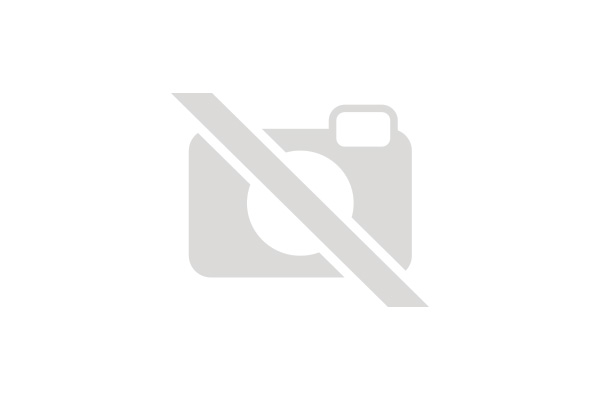
 Ali Mansour
Brand Manager, 4WD & Sport Utility
Ali Mansour
Brand Manager, 4WD & Sport Utility
As certified gearheads it’s hard for us to leave a vehicle just the way the factory intended. Modifying our 4x4s is what we enjoy, and since you’re reading this magazine we’ll assume that you’re OK with that too.

Our ’04 Chevy Tahoe has been a great build platform and backwoods explorer. Fitted with the 4.8L V-8, a 6-inch Skyjacker lift, and 35-inch Nitto Trail Grapplers, the 1⁄2-ton Chevy platform works well for most of our needs. With the wheeling season in full effect we’re now hitting the highway more and often with a trail rig in tow.
While an intake, exhaust, and programmer have all helped to squeeze out a few extra ponies, the Tahoe tends to struggle to stay in overdrive at highway speeds. This issue has mainly been due to the numerically low differential gears that were fitted in the vehicle from the factory. As the driveshaft rotates it turns a pinion gear, which meshes with the ring gear. The ring gear is bolted to a carrier, which is what splits the power between your axleshafts. The gear ratio is the number of times the ring gear rotates for every rotation of the tires. For example, our 3.73:1 stock gearset means that for every 3.73 rotations of the driveline, the tire spins once.
 The parts list for our ’04 Chevy Tahoe regear included two Yukon master install kits, along with 81⁄4 IFS front and 81⁄2-inch rear 4.56 Yukon gears. Yukon’s master install kits provided us with all of the necessary bearings, shims, and gasket material needed. There was no carrier break for the Tahoe, which meant we could reuse the stock differential carriers.
The parts list for our ’04 Chevy Tahoe regear included two Yukon master install kits, along with 81⁄4 IFS front and 81⁄2-inch rear 4.56 Yukon gears. Yukon’s master install kits provided us with all of the necessary bearings, shims, and gasket material needed. There was no carrier break for the Tahoe, which meant we could reuse the stock differential carriers.
The 3.73-ratio differential gears were plenty for the modest factory tire size but are a tad low numerically for the way our Tahoe is outfitted. Luckily, this is not a big issue, as many gear ratio upgrades are available for the 1⁄2-ton Chevy platform. We opted for a set of Yukon Gear & Axle 4.56 gears and master install kits that we picked up from Randy’s Ring & Pinion. Yukon is known for its heavy-duty gearsets and axleshafts and has a vast parts list that covers most differentials.
 We decided to start with the front differential and work our way back. Since our Tahoe was fitted with a 6-inch Skyjacker suspension we were able to drop out the 81⁄4 IFS differential housing without dismantling the front suspension.
We decided to start with the front differential and work our way back. Since our Tahoe was fitted with a 6-inch Skyjacker suspension we were able to drop out the 81⁄4 IFS differential housing without dismantling the front suspension.
Installing numerically higher 4.56 differential gears will get the SUV’s rpm’s closer to where they were engineered from the factory. The ratio change also equates to a smoother power curve and more power, as the higher numerical gearset acts as a torque multiplier. For installation we worked with the guys at Low Range 4x4 in Wilmington, North Carolina, since they had a few of the special tools required for the gear job that our home garage was lacking. While the right set of tools can make almost any install possible in the driveway, we suggest leaving the delicate task of differential gearing in the hands of professionals.
 There are three main pieces that bolt together to make up the aluminum 81⁄4 IFS front differential case. From the factory there is a gracious amount of RTV sealant used, which required a little prying and a few taps from a dead-blow hammer to knock the cases apart.
PhotosView Slideshow
There are three main pieces that bolt together to make up the aluminum 81⁄4 IFS front differential case. From the factory there is a gracious amount of RTV sealant used, which required a little prying and a few taps from a dead-blow hammer to knock the cases apart.
PhotosView Slideshow








